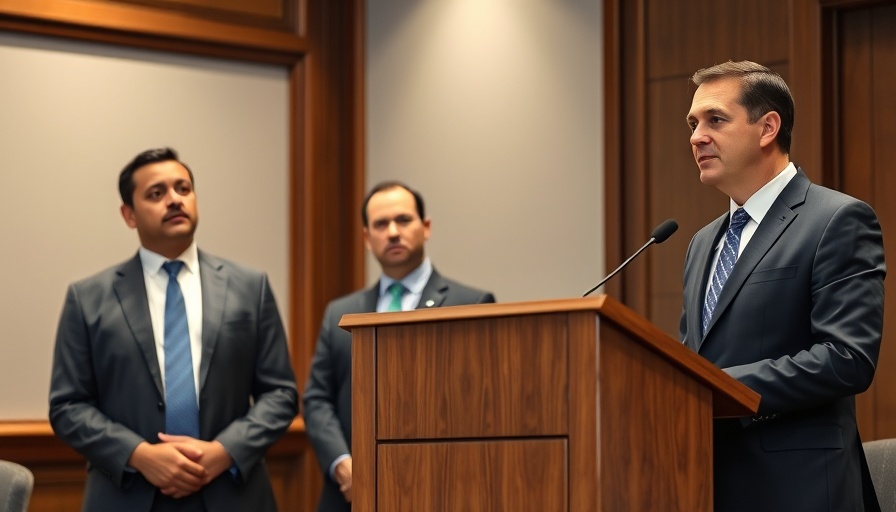
San Antonio's Ready to Work Program Rallies to Support Laid-Off Federal Employees
In response to ongoing federal layoffs, San Antonio is mobilizing its resources to assist affected employees through the city's Ready to Work program. Local officials, including Mayor Ron Nirenberg, recently announced proactive measures to prepare for the anticipated job losses stemming from the Department of Government Efficiency's actions. While the exact number of San Antonio residents who will be impacted remains unclear, the city's pivotal roles as both Military City, USA and Cyber City, USA suggest that the repercussions could be significant
What This Means for Federal Employees in San Antonio
Approximately 2.9% of the San Antonio-New Braunfels metro area's 1.2 million civilian workforce comprises federal non-military employees. As of December 2024, the unemployment rate in the region stood at a relatively low 3.4%, but officials are bracing for a possible increase in joblessness as layoffs unfold. “We just don’t know what that number is, and we just don’t know the impact at the moment,” stated Adrian Lopez, CEO of Workforce Solutions Alamo, reflecting the uncertainty surrounding the layoffs.
Employers Step Up to Support Workforce Transition
Local companies, including recognizable names like H-E-B, Credit Human, and UTSA, have reached out to the Ready to Work program expressing a desire to hire laid-off workers. Mike Ramsey, executive director of the program, noted that dozens of employers are eager to connect with high-skilled candidates who have become available due to federal job cuts. “We’ve already received several dozens of responses back with those employers wanting to do their part to absorb that talent,” explained Ramsey.
The City Implements New Initiatives for Affected Workers
One key initiative under consideration is the Re-employment Assistance for Federal Talent (RAFT) program, proposed by Council members Manny Pelaez and Adriana Rocha Garcia. The program aims to expedite the hiring of qualified federal workers into city positions, potentially filling vacancies in various departments. “We’re here to support we’re here to help,” said Rocha Garcia, emphasizing the community's commitment to assisting laid-off individuals.
Comprehensive Support Services Available
In addition to job placements, the Ready to Work program offers a variety of support services, including job search assistance, compensation claims guidance, and rental assistance for those facing financial difficulties. A dedicated hotline, reactivated from the pandemic, is available for recently unemployed workers to connect with resources. Residents can dial 210-224-4357 to access these vital services.
Why Community Support is More Crucial Than Ever
During the pandemic, San Antonio experienced a significant spike in unemployment, reaching as high as 13%, underlining the importance of resilient community support systems during periods of crisis. While city officials are hopeful that the impact of the current layoffs will not echo the previous levels seen during the pandemic, being prepared for even a slight rise in unemployment is essential.
Ready to Work's Performance and Future Opportunities
Despite critiques regarding the pace of progress made by the Ready to Work program, which has reportedly assisted nearly 2,000 individuals in securing jobs and trained over 10,000 others, supporters assert its mission remains crucial for the unemployed and underserved communities in San Antonio. With expectations of utilizing nearly $240 million in public funds, the program is set to continue its efforts, re-evaluating goals and expanding outreach.
Conclusion: Taking Action to Support Local Workforce
As San Antonio gears up to assist those affected by federal layoffs, the community is reiterating its commitment to support its workforce. If you are a local worker impacted by recent changes, take action today by connecting with the Ready to Work program and leveraging its resources to navigate your job transition successfully. Remember to reach out to Workforce Solutions Alamo at 210-224-4357 for immediate assistance. Together, San Antonio will emerge stronger and more resilient.
 Add Row
Add Row  Add
Add 




Write A Comment